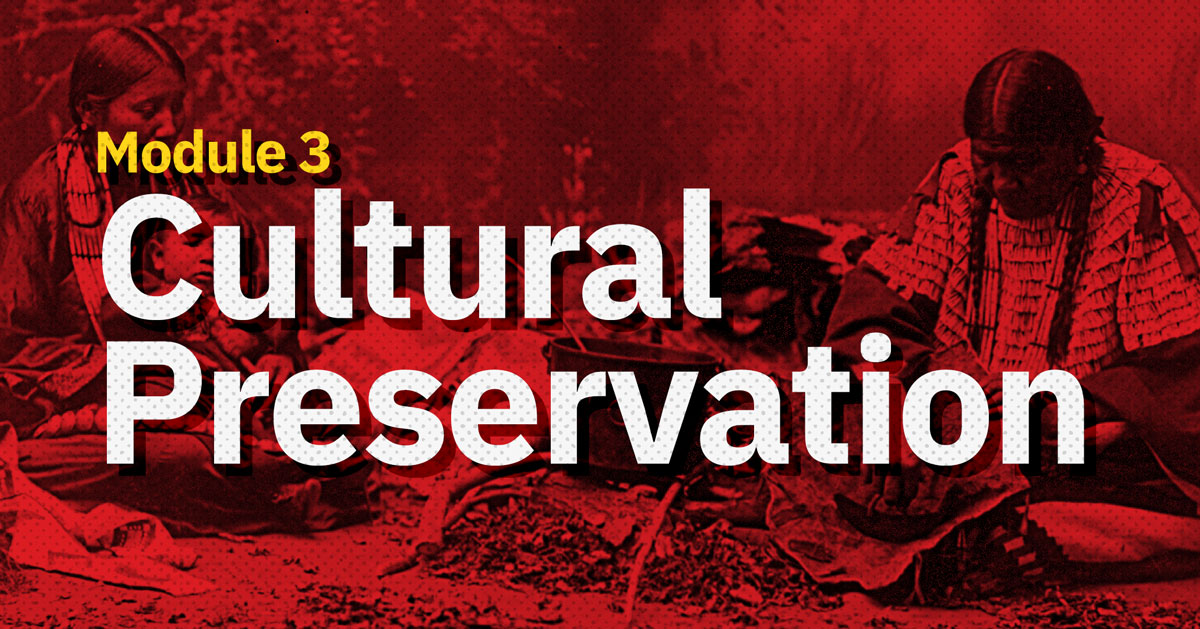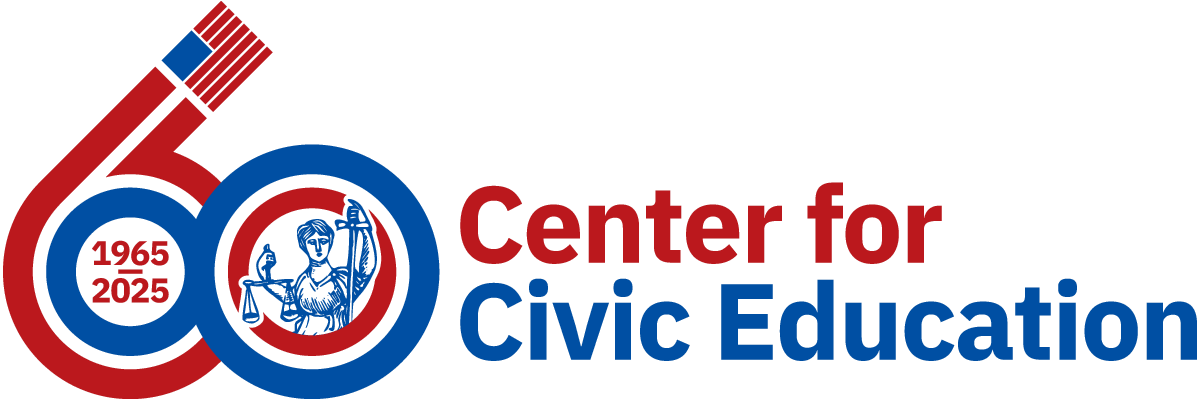
Module 3: Cultural Preservation
Pre-Lesson Preparation
- What is cultural preservation?
- Do customs and traditions that have been a part of Indigenous and rural America still hold value?
- Why are cultures and traditions of Indigenous and rural communities endangered of being forgotten or left behind ?
- How are Indigenous and rural communities reviving traditions and customs that have been a part of their cultures for generations?
Day 1
- Cultural Preservation: Slide Deck Day 1
- Observe and Wonder Images
- Observe and Wonder Graphic Organizer
- Culture in My World Graphic Organizer
- Video of Wayne Henderson Playing Blackberry Blossom
- Appalachian Food and Cultural Preservation
- Textile Art and Cultural Preservation
- Oral History, Storytelling, and Cultural Preservation
- Music and Cultural Preservation
- Cultural Preservation Printable Notebook
- Images of Fairs and Festivals
- County Fair and Festival Images
- TACOS: Analyzing Primary Source Images
- List of Modernized Rural Traditions
- Day 1 Exit Ticket
- Day 1 KEY Should We Save This?
Day 2
- Cultural Preservation: Slide Deck Day 2
- Cultural Preservation Observe and Wonder Day 2
- Indigenous Food and Cultural Preservation
- Crafting and Cultural Preservation
- Oral Storytelling and Cultural Preservation
- Powwow Gatherings and Cultural Preservation
- Video about Winter Counts
- Summary about Winter Counts
- Modernized Indigenous Traditions
- Indigenous Inalienable Rights Video
- My Winter Count
- Day 2 KEY Observe and Wonder
Day 3
- Cultural Preservation: Slide Deck Day 3
- Preserving the Ways: Culture and Tradition (video)
- Should We Save This? (slide deck)
- Should We Save This? Organizer
- National Historic Preservation Act (NHPA) (original format)
- National Historic Preservation Act of 1966
- NHPA Summarized Version
- Paideia Seminar Plan
- Civil Discourse Dialogue Organizer
- Post Seminar Reflection
- Exit Ticket
- Inquiry Reflection Tool
- Day 3 KEY Should We Save This
- Day 3 KEY Exit Ticket
- county fair A public event that typically takes place annually in a county and features a variety of activities, such as livestock auctions, rides, special foods, displays of crafts, music, and dancing.
- cultural identity A person’s sense of belonging to a culture that is a part of their self-concept and self-perception.
- cultural preservation The practice of protecting and maintaining the cultural heritage of a group or community, including their traditions, languages, practices, and arts.
- culture The way a group of people live, including their traditions, language, food, clothing, music, and beliefs.
- customs A way of behaving or a belief that has been established for a long time.
- festival An event celebrated by a community and centering on some characteristic aspect or aspects of that community and its culture.
- immigrant A person who comes from one country to a different country to take up permanent residence.
- modernization The process of changing how things are done, often through new ideas, tools, and technology.
- oral history A method of gathering, preserving, and interpreting the voices and memories of people in a community as stories and events are passed down out loud from one generation to another.
- revive To bring back or renew in mind or memory.
- sacred Considered to be holy, special, and deserving respect.
- textile art Crafts that use plant, animal, or synthetic fibers to construct practical or decorative objects.
- tradition A way of behaving or a belief that has been established for a long time that have symbolic meaning and that has been passed down from person to person over time.
Note: This lesson contains material about injustice that some students might find offensive or potentially traumatizing. This material has been included to give students a sense of the inequities and obstacles faced by rural and Indigenous communities. A culturally responsive classroom will provide a welcoming and safe environment where students feel comfortable discussing difficult topics. Ensure that students feel comfortable sharing appropriate personal perspectives. Consider establishing classroom norms that encourage discussion.
Teachers should have an awareness of how Indigenous and rural communities have a rich cultural history. This history is held in high regard, even to a sacred level, for these groups. An understanding of these variants of culture is important for teachers to understand and share the importance of cultural preservation for Indigenous and rural communities in America.
Our nations’ Indigenous people have rich traditions. These cultural traditions and their transmission from one generation to the next have not historically been protected in the past, yet they must be protected, preserved, and encouraged for the future. America has been home to Indigenous people for thousands of years. Many tribes lived off the land and created cultures and traditions that were passed down for many generations, as traditional knowledge is at the core of Indigenous identity, culture, languages, heritage, and livelihoods. With the arrival of colonizers and in the years following, some of these traditions and cultures were lost or were discouraged through the assimilation of Indigenous people into Eurocentric America. Global histories of colonialism, exploitation, and dispossession continue to undermine and undervalue these aspects. We must acknowledge the importance of Indigenous cultures and traditions and reflect on how our country has worked to take these cultures and traditions from Indigenous communities. We must also look at how Indigenous traditional knowledge can be preserved and shared with not only younger Indigenous Americans, but also all Americans. As culture and tradition is transmitted between generations through stories, songs, dances, carvings, paintings, and performances, the opportunity to bring these traditions back into Indigenous communities is of the utmost importance.
Additionally, rural communities have rich cultural and traditional ways of life. From the time of colonization, colonists brought with them cultural norms and traditions from their homeland. Whether it be language, music, food, customs, crafting, storytelling, or dancing our nation is rooted in the cultures and traditions that immigrants brought across the ocean with them when they arrived on our shores. For people who chose to live in rural parts of our country, these traditions and cultures are highly valued and held as an important link to the past. Maintaining these traditional values and lifestyles and honoring the cultures of these rural communities is vital to holding on to this rich past and in expanding on and sharing these cultures and traditions, the knowledge of past generations of rural Americans can continue for future generations.
Additional resources for teacher background include the following:
- Rural Communities Cultural Preservation with Kalenda Eaton
- The U.S. Ambassadors Fund for Cultural Preservation
- Traditional Foodways of Native America: Oral Histories of Native Food Revitalization
- Homecomings:From Small Gatherings to International Events, Powwows Link Indigenous Communities and Cultures
- Why Do the Foods We Eat Matter?
- Exploring Food-Based Cultural Practices to Address Food Insecurity in Rural Appalachia
- Weaving: the Prolific Craft of Appalachia
- Keeping Tradition Alive: Taking Steps to Preserve Appalachian Folk Culture
- Native American Cultural Revitalization Today
- The Restoration of Native American Life and Culture: Building a Hopeful Future
- Exploring Indigenous Modernity in North America
- Representing Community and Culture
Teachers should preview all student materials and resources prior to the lesson.
Each EUP module intentionally integrates literacy to deepen students’ understanding of historical and contemporary issues and their impacts on rural and Indigenous communities through reading, writing, speaking, and listening. Lessons include structured academic discussions, Paideia seminar style dialogue, and reading supports such as annotation stations using primary sources to support critical analysis and civic reasoning. Educators are encouraged to introduce and reinforce new academic vocabulary using strategies they are familiar with such as slide decks, word walls, visuals aids, games, and illustrative definitions to help students confidently apply academic language in civic, geographic, economic, and historical contexts. While students have multiple ways they can use critical analysis and civic reasoning to answer questions throughout this module, possible answer keys have been shared as a framework for you to use at your convenience.






